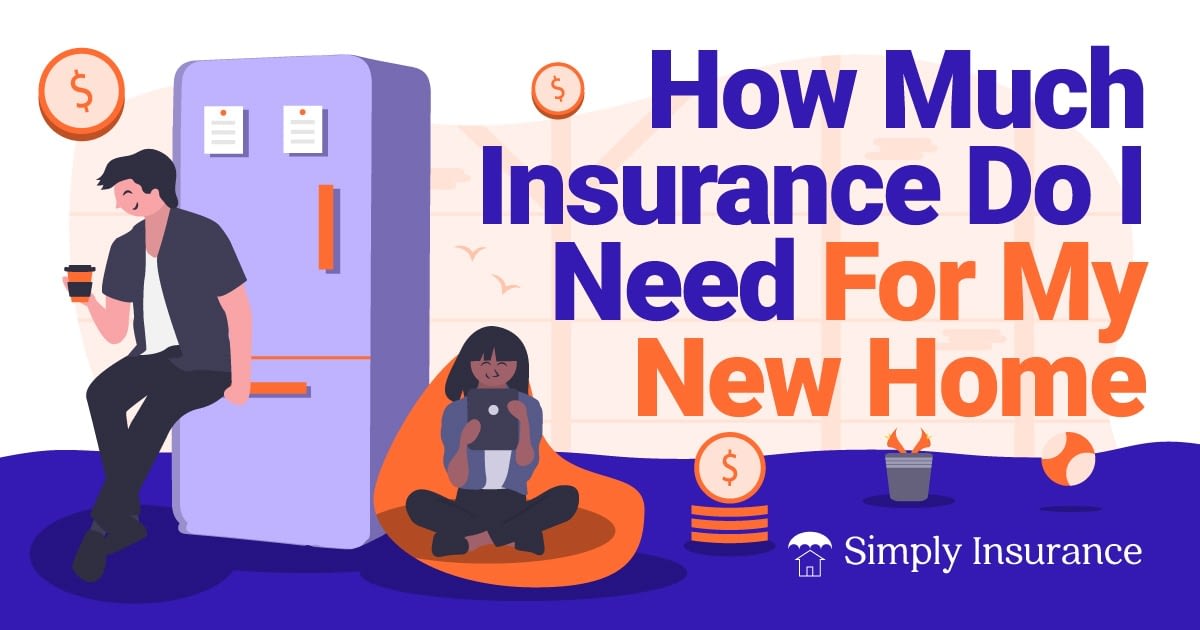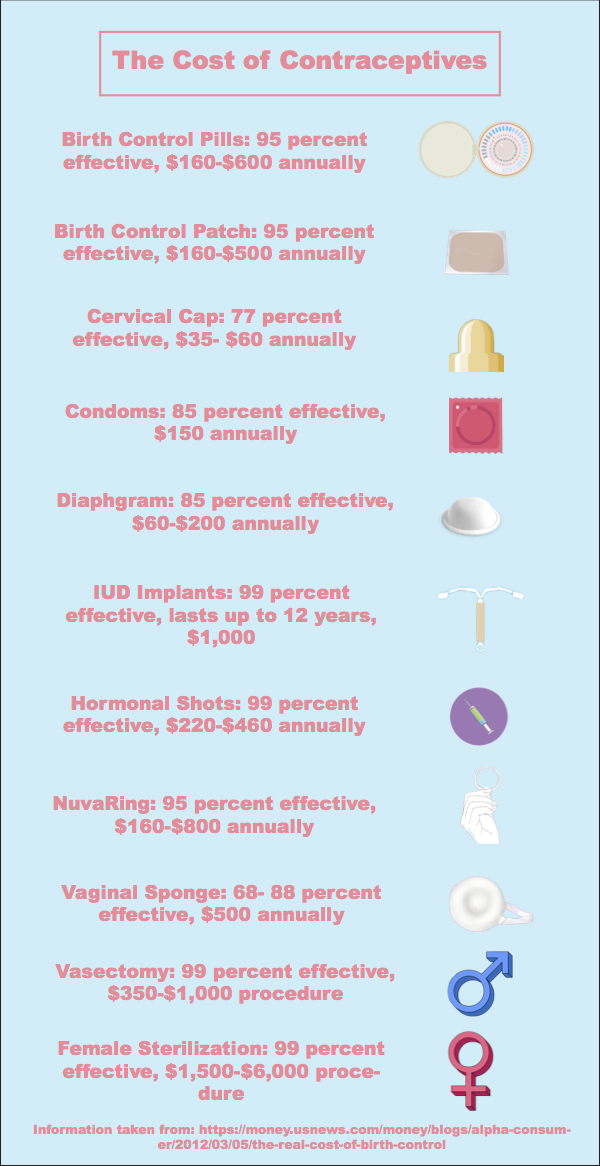Another element impacting the level of premiums is the expense of administering a health insurance. Some administrative costs (such as those for client service) differ with the variety of enrollees in a plan, but others (such as those for sales and marketing efforts) are more fixedthat is, those costs are similar whether a policy covers 100 enrollees or 100,000.
Some administrative costs are inescapable, but propositions that shift enrollment far from the small-group and specific markets have the potential to avoid the included administrative costs per enrollee that are observed in those markets. In other cases, nevertheless, trade-offs may occur between minimizing administrative costs and restricting total health costs and insurance plan premiums due to the fact that some administrative expenses are sustained when using management tools developed to restrict healthcare spending.
The biggest results on health care costs are most likely to be for the latter group because their use of healthcare services might increase significantly when they ended up being guaranteed. After accounting for differences in the group characteristics and health status of the 2 populations, CBO estimates that the uninsured usage about 60 percent as much care as comparable people who are insured.
The staying gap reflects CBO's assessment that, typically, people without insurance have a somewhat lower tendency to utilize healthcare servicesa propensity that would continue if they became covered under a new program. Providing all uninsured individuals with such protection would therefore cause overall need for health care services to increase by 2 percent to 5 percent.
How To Find Out If Someone Has Life Insurance Things To Know Before You Get This
In addition, how proposals that do not accomplish universal or near-universal protection would impact people's healthcare costs depends on the degree to which the uninsured would be covered under a strategy and on presumptions about the underlying demand for health care amongst people who would end up being insured. For more incremental boosts in insurance protection rates, CBO would presume that individuals who registered under a new program would have a higher propensity to use medical care than those who did not enroll.
In addition, studies show that about one-third of the services the uninsured population uses either are attended to free or yield lower total payments to suppliers than if the very same services were offered to independently guaranteed individuals. To the degree that unremunerated care ended up being compensated, investing for the currently uninsured population would rise even if they did not use more services.
In exchange for premium payments, the insurance company agrees to cover particular medical services that are specified in the strategy. The plan likewise details the share of expenses that both the insurance company and the enrollee will bear for each of those services. Therefore, two essential design components of a medical insurance plan are its scope of covered advantages and its cost-sharing requirements.
Legal proposals to increase the variety of insured individuals might require that health insurance prepares cover certain types of medical services. Under such propositions, people (or their employers) might not get approved for aids or satisfy a required unless they were covered by plans that included those advantages. Benefit mandates make sure that enrollees who may need those services will have protection for them, but they likewise tend to raise insurance coverage premiums in order to cover the included expenses of the services.
The Best Strategy To Use For How Much Does A Filling Cost Without Insurance
Additionally, because numerous states currently need protection of numerous advantages, the impact of any federal mandates would depend upon their scope relative to those existing state requirements and their applicability to strategies that fall outside the province of state regulation. Empirical evidence on the result of advantage mandates on premiums and protection is limited.
That figure overemphasizes the degree to which benefit mandates raise medical insurance premiums nationally, for two reasons: initially, due to the fact that Maryland mandates more benefits than many other states; and 2nd, since some insurance companies would have covered the mandated advantages even if they had not been required to do so (an aspect kept in mind in the study).
Cost-sharing requirementsthe amount that consumers are needed to pay out of pocket when they utilize health care servicescan take the kind of deductibles, co-insurance, or copayments. Deductibles are the quantity of spending an enrollee should sustain before protection begins; coinsurance and copayments are a part of spending an enrollee pays at the time of service.

( See Chapter 1 for additional discussion of cost-sharing requirements - how do i know if i have gap insurance.) A proposal to increase health care coverage might specify either minimum or optimal levels of cost sharing that would be allowed order for an insurance policy to receive an aid or satisfy a required. For example, in order to add to a health cost savings account (which enables enrollees to pay a number of their out-of-pocket expenses utilizing tax-preferred funds), a private should be registered in a health insurance coverage policy that in 2009 has an annual deductible of a minimum of $1,150 for single protection or $2,300 for household protection and has a yearly limit on out-of-pocket spending that does not surpass $5,800 or $11,600, respectively.
How Much Is Car Insurance A Month Fundamentals Explained
The Medicaid program fills that role for low-income Medicare enrollees by providing to cover their cost-sharing requirements under Part A and Part B of that program. About 12 million Medicare enrollees with low income and couple of properties are entitled to aids that reduce or get rid of the deductible or other cost-sharing requirements under the Medicare drug advantage.
( See Chapter 2 for a discussion of the problems that develop in targeting such support toward lower-income individuals.) Changes in cost-sharing requirements mostly affect premiums by moving the share of costs that is covered by the policy between the insurer and the enrollee. Those changes can also impact premiums, nevertheless, by causing overall healthcare spending to increase or decrease.
The RAND research study measured the effects of expense sharing on using services, expenses for health care, and health outcomes by arbitrarily assigning nonelderly individuals to numerous various kinds of medical insurance strategies and tracking their experience in time. A major advantage of utilizing random project is that distinctions in results throughout plans can be associated to the style features of each of the strategies rather than to the characteristics of the people who were enrolled in them.

( The differences in health care expenses that would be covered by the strategy were even larger; compared with the free-care strategy, covered costs were about 40 percent lower with 25 percent coinsurance and about two-thirds lower with 95 percent coinsurance.) The RAND research study also found that the impact of cost-sharing requirements differed with the type of services provided.
All About How Much Does Life Insurance Cost
Compared http://erickufyf699.raidersfanteamshop.com/unknown-facts-about-how-much-is-homeowners-insurance-on-a-150-000-house-h1-h1-style-clear-both-id-content-section-0-the-best-guide-to-how-does-long-term-care-insurance-work to research study individuals who got totally free care, those with cost-sharing requirements made, typically, one to two less sees to their medical professionals and had 20 percent less hospitalizations during a year. The reduction in using healthcare services that resulted from cost-sharing requirements did not have a substantial effect on health outcomes for the general population, although some adverse impacts were observed for low-income individuals in bad health.